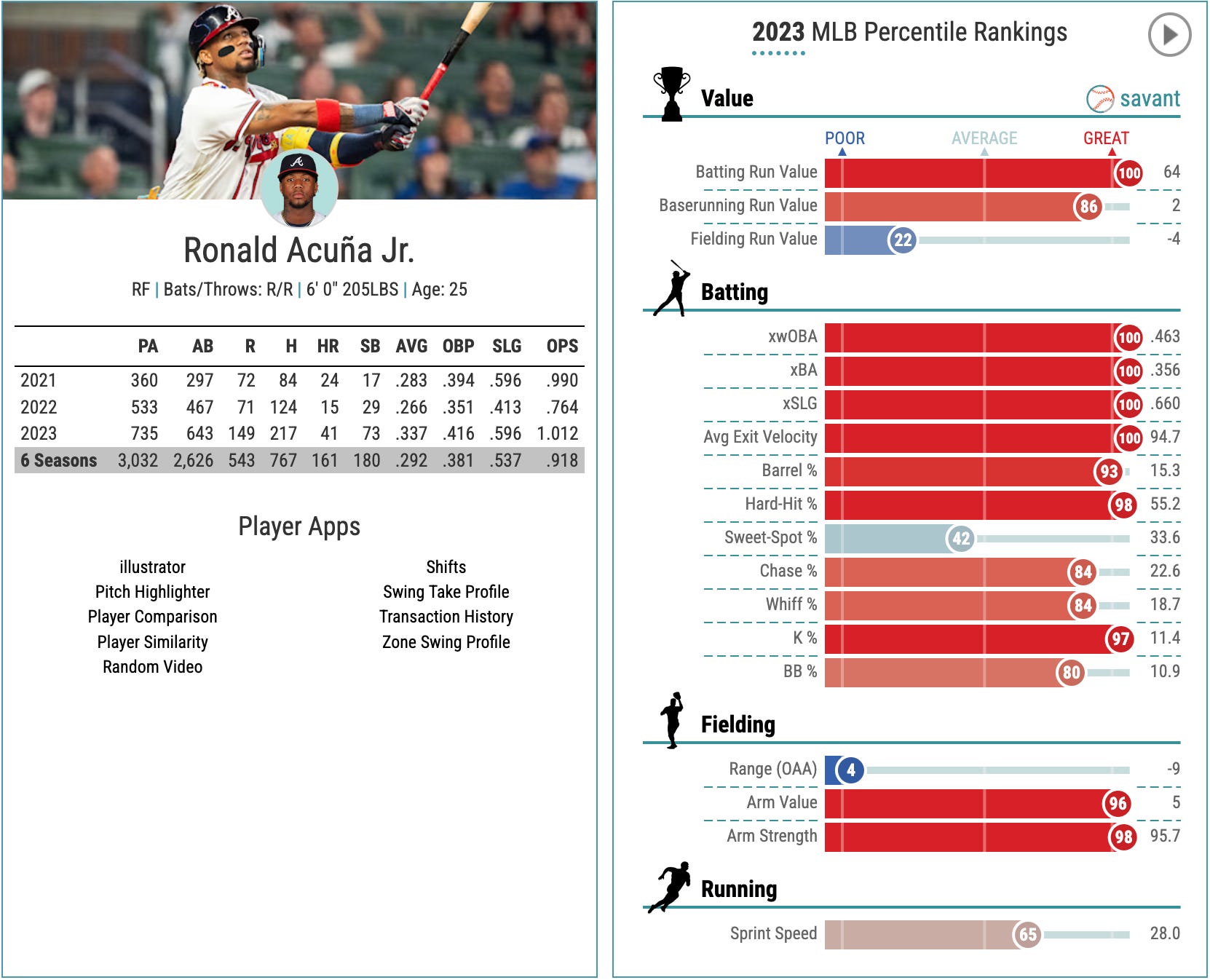Man, let me tell you about my recent deep dive into baseball stats. It all started when I was watching a game the other day, and the commentator mentioned something called “xBA.” I was like, “xBA? What the heck is that?” So, being the curious guy I am, I grabbed my phone and started googling.
First thing I did was type “what is xBA in baseball” into the search bar. A bunch of articles popped up, and I started clicking through them. I read a few, trying to wrap my head around this new term. At first, I thought I found what I was looking for, but there were too many terms that I didn’t understand. I need to find a simpler explanation.
So, I picked another article that seemed a bit clearer. It talked about how xBA, or Expected Batting Average, is a way to figure out the chances of a hit ball actually becoming a hit. That sounded interesting, so I kept reading. The article mentioned that xBA looks at things like how fast the ball is hit and the angle it’s hit at. For those weak hits, it also considers how fast the batter can run. That made sense, it’s all about the quality of the hit and the player’s speed. I thought I was starting to get it, but I needed more.

Then I found this one article. It explained that xBA is all about combining the expected batting averages of each pitch a batter faces. This expected average is worked out from the type of pitch and where it’s thrown. Okay, now we’re talking! This was the simple explanation I was looking for. It’s not just about one hit, but all the pitches a player sees.
So, I spent the rest of the afternoon just reading and learning about xBA. Here’s what I finally figured out:
- xBA is a Statcast metric: This means it’s a modern way of looking at baseball stats, not some old-school thing.
- It measures the probability of a hit: It’s basically a way to guess if a batted ball will be a hit or not.
- It considers exit velocity and launch angle: How fast and at what angle the ball is hit plays a big role.
- Sprint speed matters too: For those weaker hits, how fast the player can run is also important.
After all that reading, I felt like I finally understood xBA. It’s a cool way to see how good a player really is at hitting. It’s not just about luck; it’s about skill and how well they connect with the ball. I even went back to watch some game highlights, trying to apply what I learned. Now, when I hear “xBA,” I know exactly what they’re talking about. It’s been a fun learning experience, and I’m excited to keep digging deeper into the world of baseball stats. Who knows what I’ll discover next!





















